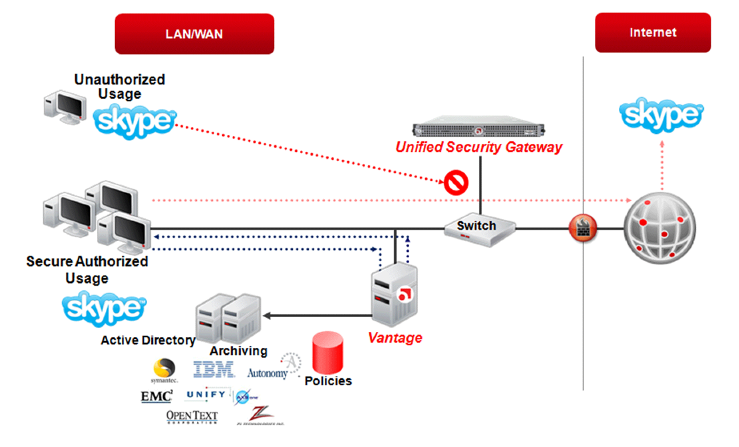IT Administration log in the web based administration page on cloud. Air Watch has several datacentre globally. An new user account namely "amicewong" is setup. Adminstrator could choose to alert "amicewong" by SMS or by email. Let's choose SMS.
The end-user (amicewong) receive an SMS with an URL. End-user trigger the link. Browser on the smartphone (a Samsung Galaxy SIII / Android in this case) connects to the specified link. First time setup and phone enrollment start.
As the administrator, I try to chat with AirWatch online support (to test their support response at the same time :)). I was told that AirWatch client app is required to be installed before enrollment.
On the "Play Store" of Google, the AirWatch MDM Agent is found, download and installed. Then assigned URL and pin from SMS is input for enrollment.
Installation and Enrollment is done.
Once the phone is encrollment, administrator can track the phone status including, model, version, compliance (rooted or not), location, application installed on the phone, etc.
Operation logs on the phone.
Administrator could keep track of existing application on the phone, as well as assigning application that need to be installed on each phone. Administrator can also blocked and uninstalled unauthorized apps on the enrolled phones.
Once assigned, end-user would receive an alert on the phone. End-user simply click and download from the Play Store. Installation starts.

AirWatch has also development application, like Secure Locker, Secure Browser. The Secure Browser allow enterprise to keep track and control of the website that end user (could) visit on the smart phone.
Administrator can also distribute necessary documents to enrolled phone. For confidential document, administrator can configure as "view online" only, without having the confidential document to be stored on the phone.









































